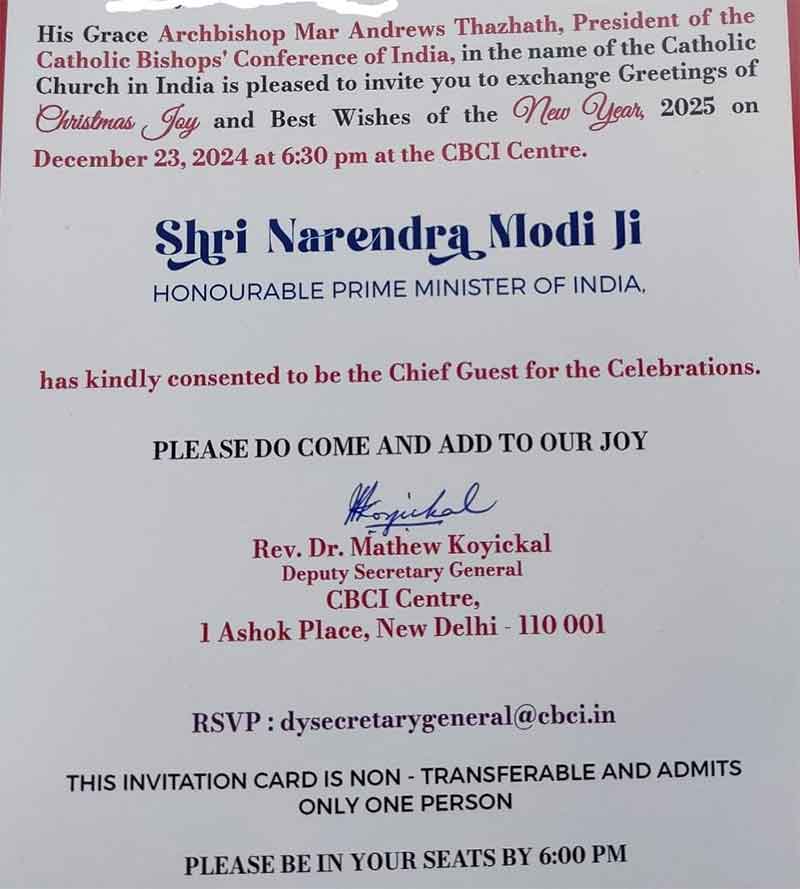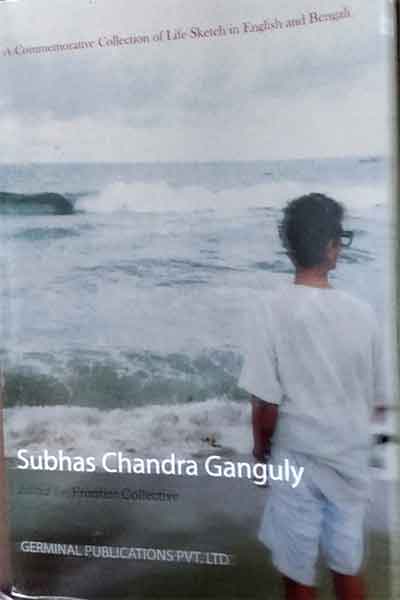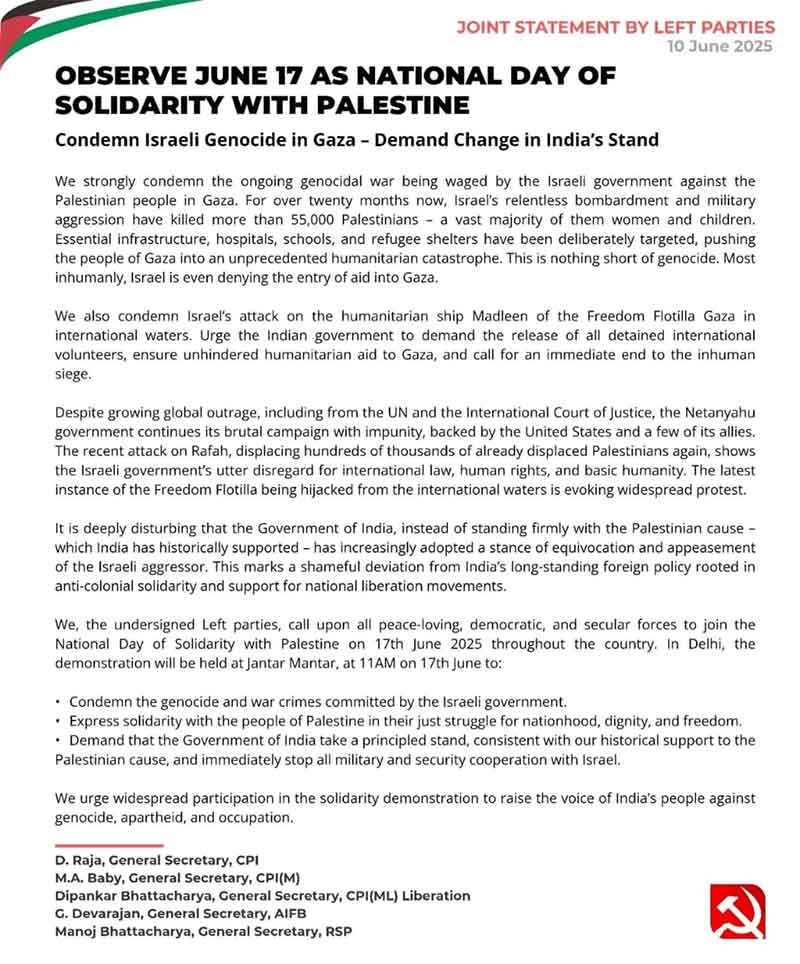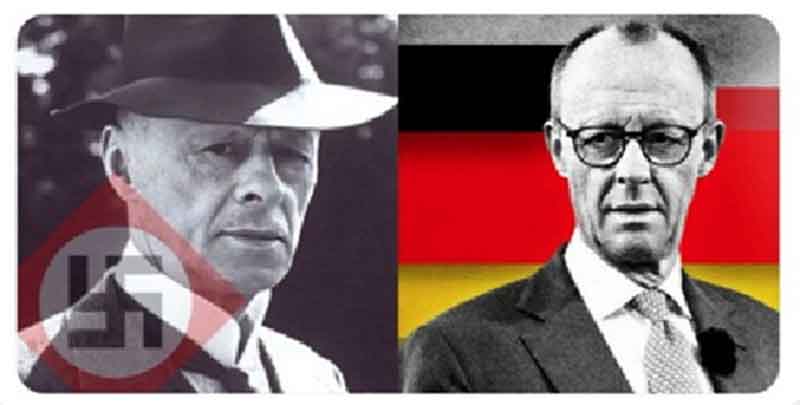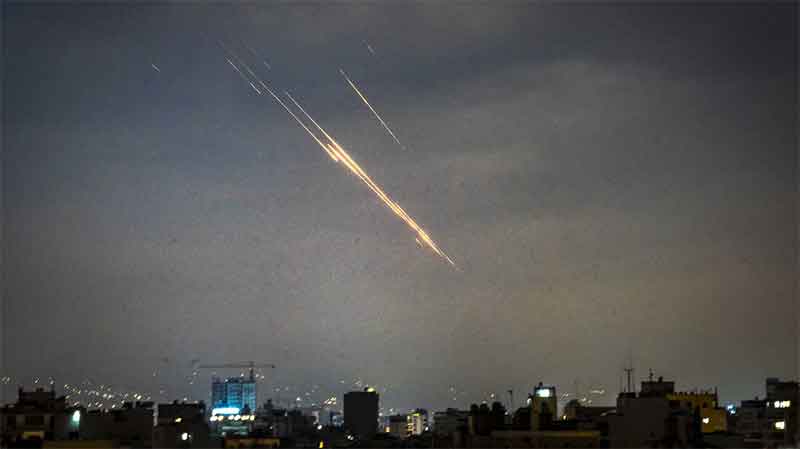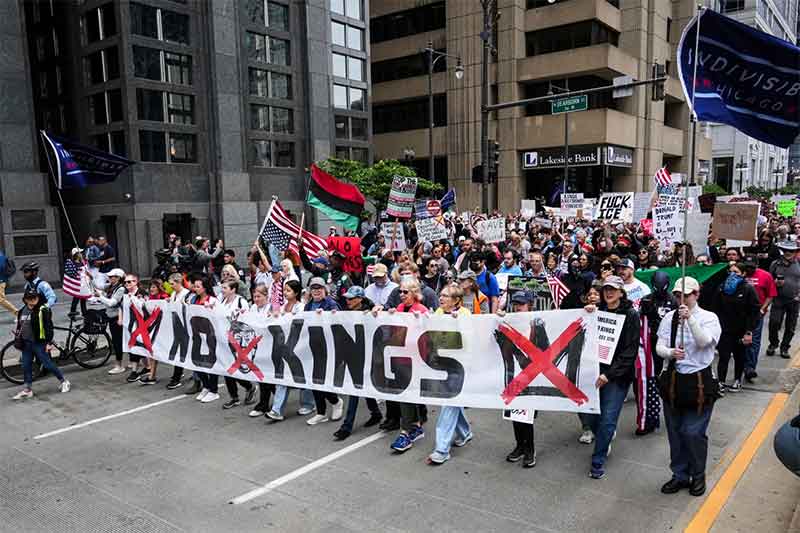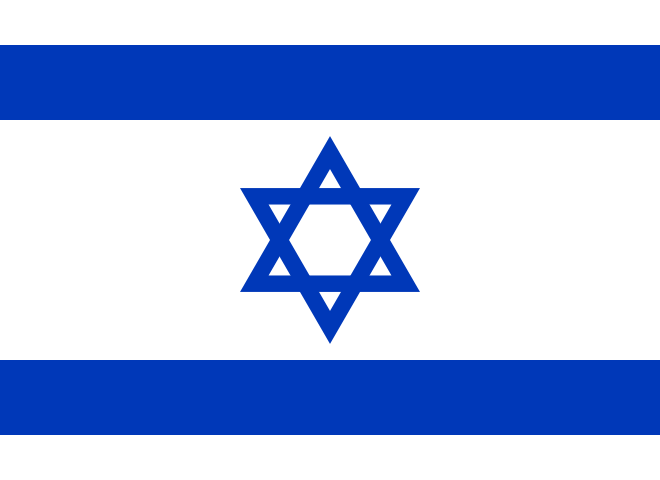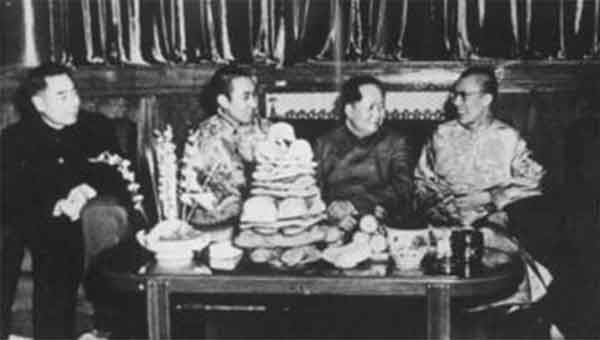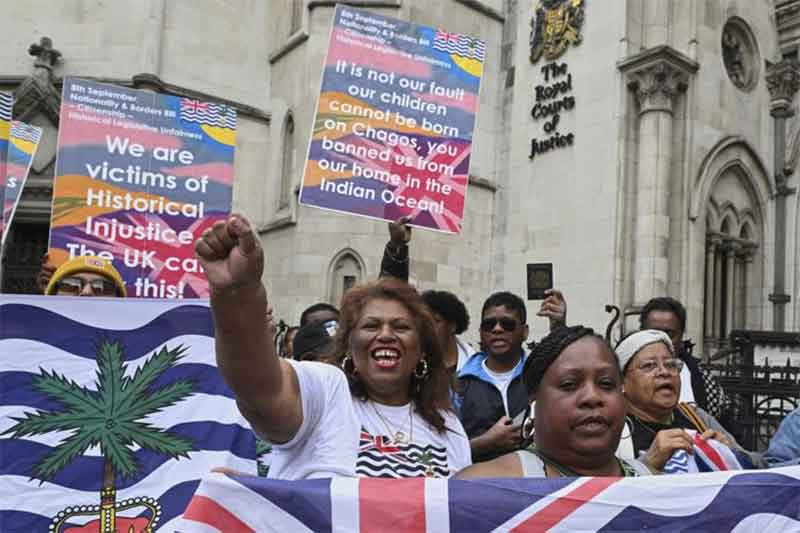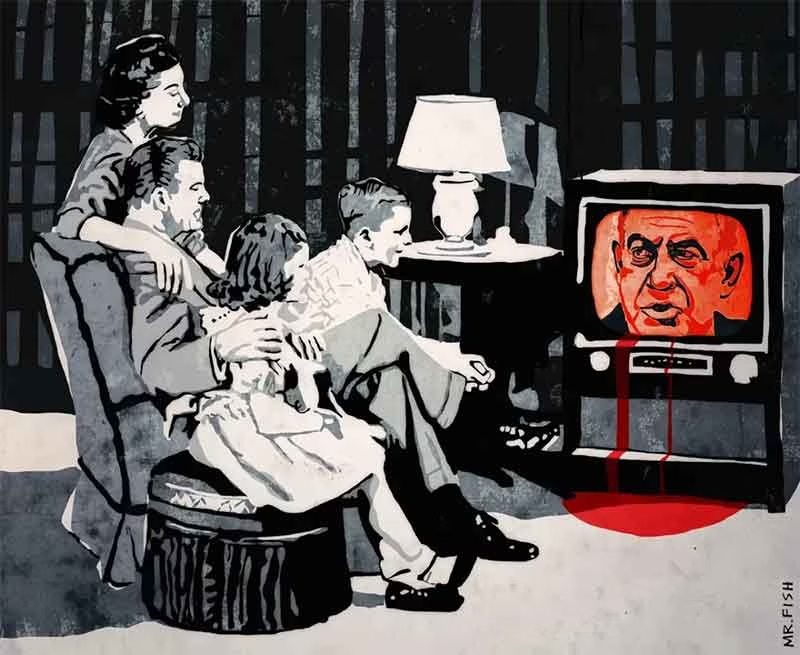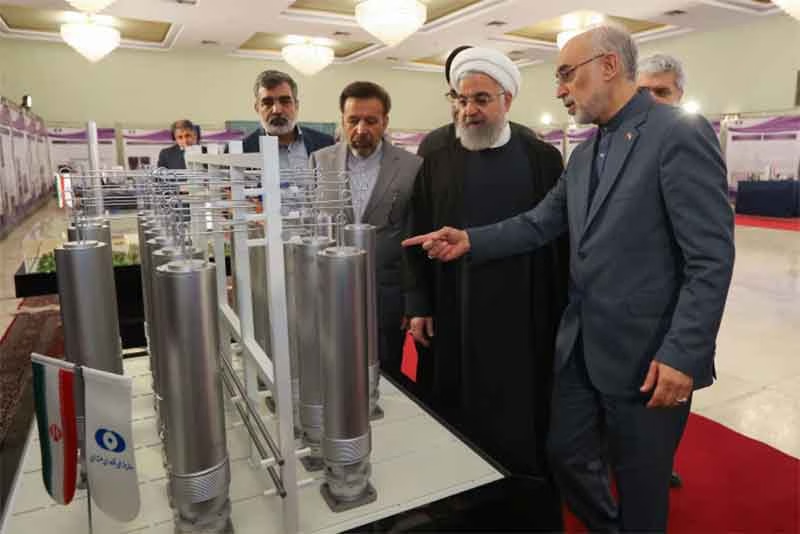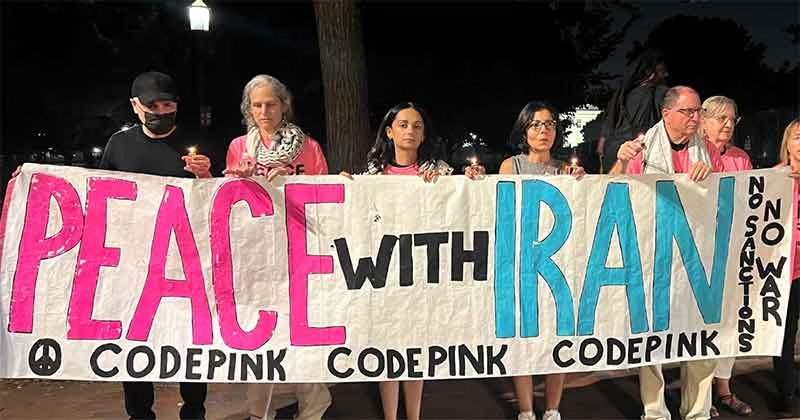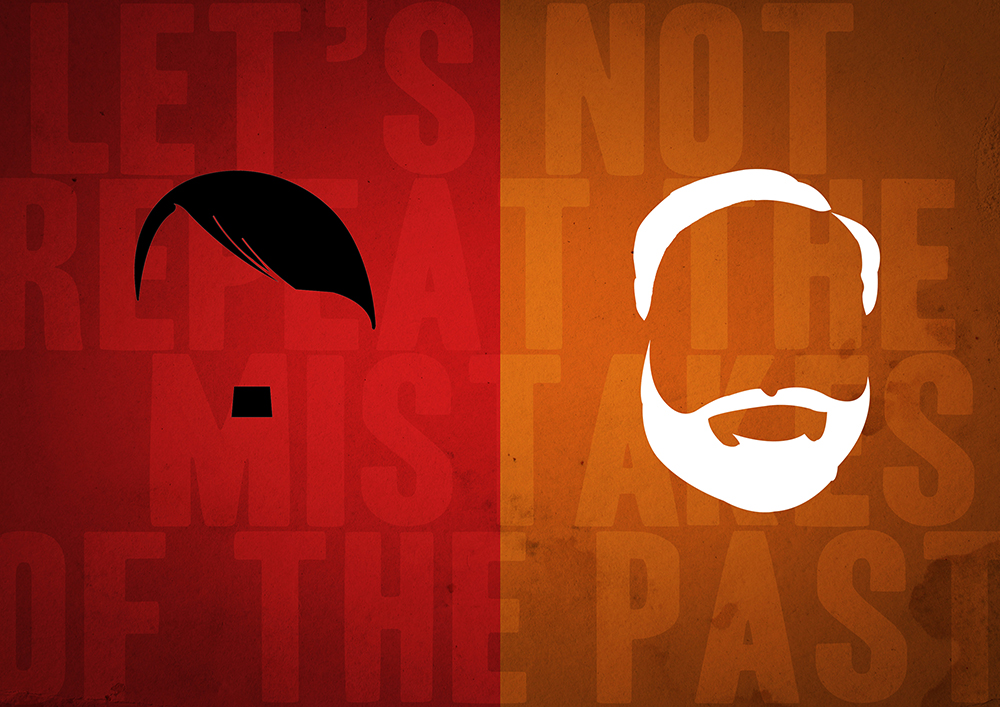
Passion week is that time of the year when Christians all over the world remind themselves about the sufferings, anguish, pain and the bloody crucifixion that Jesus Christ took on himself, as part of his mission of emancipating the people and establishing the kingdom of god. The crucifixion was not just a great symbolism of the personal sacrifice of one person, but it was a comprehensive messaging of a political journey for the liberation of the oppressed; one filled with struggle, militancy, celebration of life, rejection of temptations, betrayals, grief, the long-walk with the cross, crucifixion and ultimately resurrection as a symbol of victory over the oppressors and evil.
That journey starts well before even the palm Sunday – and in that sense dates much before even the official starting of the 40-days lent period that starts with Ash Wednesday. It needs to be located in the resurrection of Lazarus, the conversation with the sex worker and saving her from the clutches of murderers, the healing of the leper and the schizophrenic, the challenge posed against the Judaic clergy and their regressive religious fundamentals, the rejection of the Roman empire and the militant and celebratory Hosanna rally on the mule, and the courageous embracing of death.
In the South Asian context, and more so in the Indian situation today, it is important to understand and contextualise the struggle for liberation, justice, human dignity and emancipation of the oppressed. These, along with the quest for love, fellowship and solidarity, form the core values of Christianity, as spelt out in the New Testament and through the bloody journey of Calvary.
It is very important for Christians to analyse this aspect of the life of Christ and understand who are the oppressed and who are the oppressors, in our life and times! There is no way we can do justice to the quest and journey of Calvary, by just undertaking a 40-days fast, while continuing to be passive observers of injustice, often votaries of oppression and occupation, and a few other times claiming victimhood for religious persecution in an increasingly majoritarian regime, like in India. This Good Friday, let it not be another ritualistic visit to the church, hearing about the ways of the cross from a clergyman, who also does not invoke any questions about justice in today’s world. That will only be a mockery of the cross, playing into what the market wants to do with the crucifix[1] – make it a nice, fashionable religious symbol to be sold in wood, silver, gold or platinum, making it some sort of a credit card to earn more mileage and points!
Jesus’ mission was not about setting up a new faith or religion. It was about infusing life into the struggles and human hope for liberation and emancipation. Each action of the offspring of the human (‘son of man’) was aimed at rekindling that hope. It was to enable the possibilities of intellectual and action oriented challenge to the institutional dogmas of state and religion. His challenge to the Pharisees and Laity, when they approached him asking permission from the Rabbi for stoning the sinner woman to death, was simply the suggestion that “those of you who have not sinned throw the first stone”. He caught the bull by the horn! He didn’t hide his agony and anger at seeing the Jerusalem synagogue being converted into a market place; he took the whip in his hands and drove the illicit capitalists away.
Khurram Parvez, Gulfisha Fatima, Umar Khalid, Sharjeel Imam, Irfan Mehraj, the number of young, bright and revolutionary Indians incarcerated in Indian jails is astonishingly high today. Each one of them is an undertrial political prisoner like Jesus was. Not a single one of them was caught in any criminal act nor any substantial evidence produced till date linking them to any criminal action detrimental to the life of any other citizen. The sole ‘sin’ they have committed is to reject occupation, oppression, injustice and exploitation of fellow humans. Their crime is that they belong to a faith and religion disliked by the rulers. On top of that, they dared to fight for equality and justice, for human rights and dignity, against discrimination and for the rights of the fellow citizens. And these are not criminal offences under the Indian constitution for them to be rotting in jail for years!
Pontius Pilate, the then Roman Governor, asked the Pharisees and Roman military ‘what wrong had this man committed’, adding that he couldn’t see any wrong in the actions of Jesus. When told that Jesus had indulged in ‘blasphemy’ and that he has sinned against the God and people by declaring himself the ‘King of Jews’, Pilate was compelled to hand him over to the mob for scourging and crucifixion, fearing popular unrest from the clergy and elites. The planted mobs were standing around chanting “crucify him, crucify him”. Pilate instantaneously washed his hands with water to wash away the sin of the ‘blood of the innocent’. Today the Indian judiciary is in a similar situation. They know very well that under a law like UAPA, the punishment itself is the prolonged incarceration. They also know that the political conviction of these young people against the ruling party and its politics of hatred will be reason enough for them to fight this unfair battle. Yet, they are compelled to keep them in jails, by the political powers – all they can do is wash their hands off this crime against the innocent!
‘Anti-national’, ‘Urban Naxal’, ‘Tukde-Tukde’, ‘Sic(k)ular’, ‘presstitute’ and so on are the new replacement of ‘blasphemous’. Young Indian Muslims wearing a Palestinian Keffiyeh[2] or flag is a trigger to the men in authority. If the Palestinian Jesus had provoked the Sanhedrin[3] by the Palm Sunday militant march to Jerusalem with the masses shouting Hosanna, in recent times the provocation was the movement by the youth and women against CAA-NRC, or the militant mobilisation by Dalit community in Bhima Koregaon. The compelling and courageous human rights work done by young Kashmiri activists like Khurram or Irfan after the Aug 5th 2019 division of Jammu & Kashmir and the undemocratic occupation of Kashmir by the Indian state, was indeed a big trigger. It is clear that they have sinned against the emperor and the regime. That is enough for the majoritarian crowds to demand their crucifixion.
Subscribe to Our Newsletter
Get the latest CounterCurrents updates delivered straight to your inbox.
For the Christian community, this passion week, Good Friday and Easter, one can only hope that these questions and challenges are not pushed to the back burner, by the clergy and the church heads, who, like the Pharisees, are aides of the emperor. Let us honour these heroes of justice, human rights and people’s liberation. Let us stand in solidarity with the champions of the oppressed and not wash our hands from the blood of the innocent. This ‘Passion’ week and times ahead, let us resolve not to be passive. Let us audaciously walk the path of Calvary and be true Christists.
Vijayan MJ is a social activist
[1] The Biblical reference to the cross is clearly one that carries the mission of sacrifice for humanity, one that entails the agony, pain, bloodshed and loss of life for ‘loving your neighbour like thee’. It is meant as a way of life, while the crucifix is a religious representation symbolic of Jesus on the cross.
[2] Keffiyeh is the traditional Palestinian scarf, today a symbol of Palestinian resistance against occupation and war by Israel
[3] The Sanhedrin was a Jewish legislative and judicial body in ancient Israel mostly comprising of high priests, scribes and male elders.





